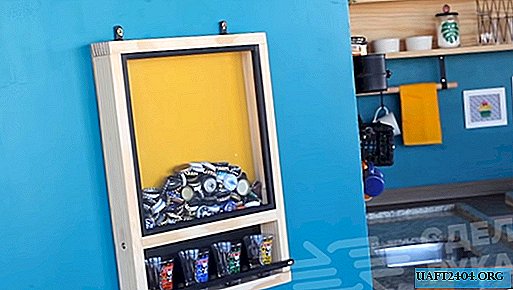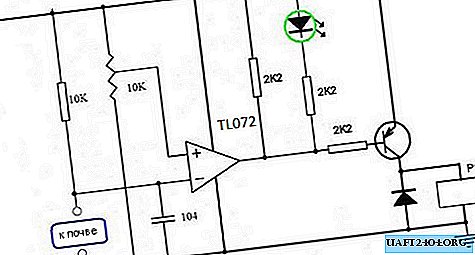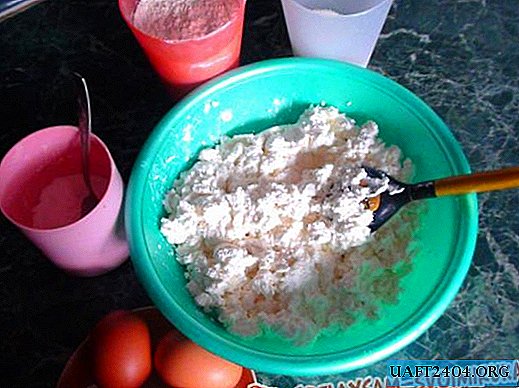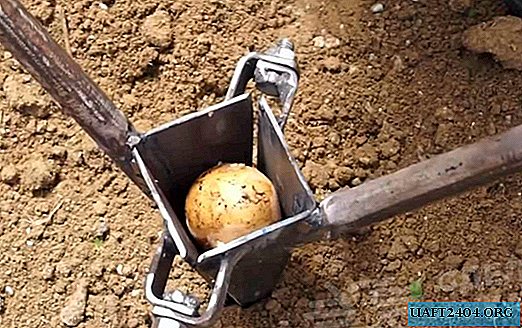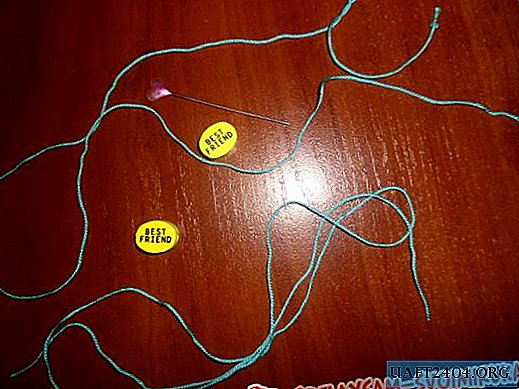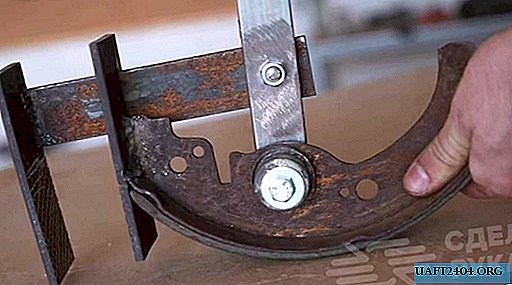Share
Pin
Tweet
Send
Share
Send
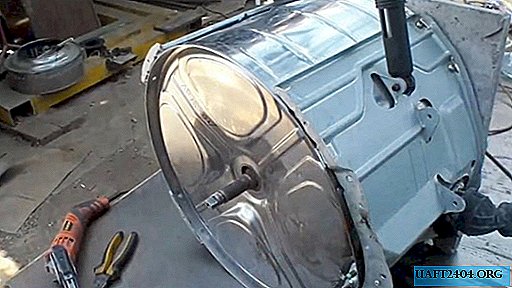
Materials and tools:
- sandpaper;
- a piece of d3 mm electrode without coating;
- drill;
- power supply 10-15V, 5-10A;
- retainer of cylindrical joints.
A transformer, a charger for a car battery or a welding inverter at the minimum settings can be used as a power source. The use of the latter is less desirable, since often its power, even on the weakest settings, will be too much.

Shaft fusion

After dismantling the bearing, it is necessary to grind the shaft at the point of extension.

Next, the diameter is measured to determine the required metal welding height.

A small length of the welding electrode.

We remove the coating, straighten and grind to a shine.

We clamp in the chuck of an electric drill or screwdriver.

A wire from the power source is connected to it on the side. Polarity does not matter. It can be fixed with a crocodile clip or simply wound. The second wire from the power source is fixed to the shaft. It should be fixed in an unimportant place, which can be slightly damaged by welding.
Voltage is supplied to the power source, after which the drill starts. A rotating electrode with a fixed wire is applied to the shaft at the point of extension. The result is a microwelding process. Metal from the electrode is sent to the shaft. This happens very slowly and in a thin layer. Passing the electrode along the shaft without gaps in one layer, you can impose about 0.05-0.1 mm thickness.



After welding, each layer must be sanded with sandpaper to remove slag. The layers are superimposed until the shaft has acquired the required thickness. Thus, even with slight wear of 1 mm, at least 10 layers will have to be applied.


Having restored the required thickness and re-polished the shaft with an emery cloth, a retainer of cylindrical joints is applied.


A bearing is mounted on top.


A liquid retainer will fill all the pores in the weld metal and the gap between the shaft and the bearing. After solidification, it will provide a very good additional fixation. Thanks to this, the cage of the new bearing will no longer rotate, but will become exactly without play.
Share
Pin
Tweet
Send
Share
Send

